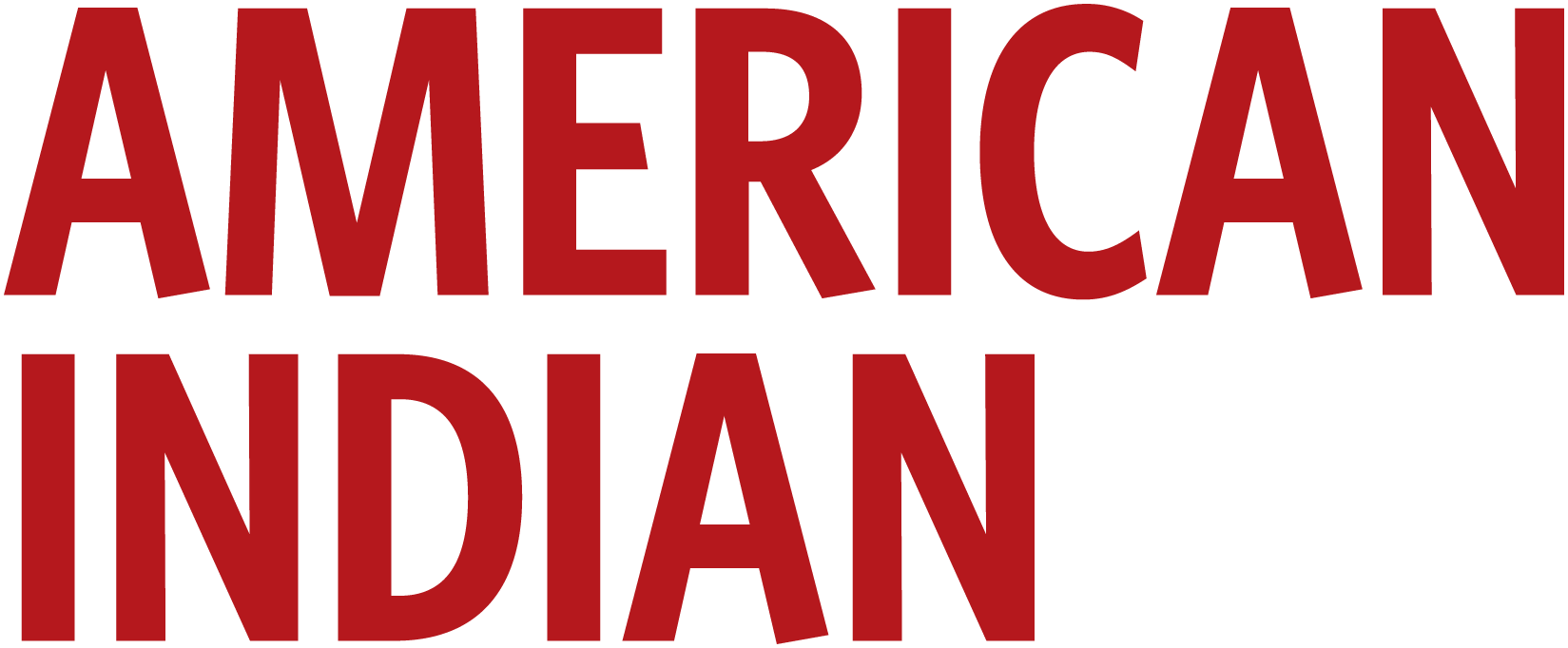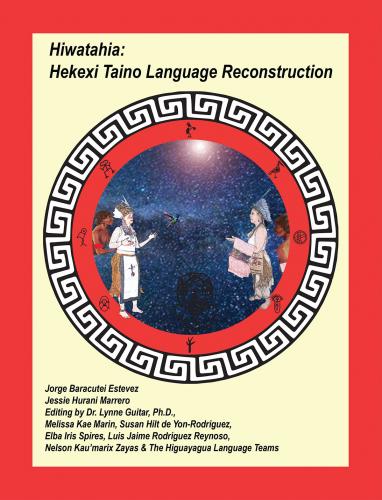The interpreters who arrived with Christopher Columbus in 1492 to help initiate Spain’s conquest of the Caribbean islands spoke Arabic, Italian, Ladino, Portuguese and Spanish, yet not one could understand what the “bronze-skinned” Taíno people were saying. In time, as Spanish settlers began marrying Taíno women, many Tainan words entered Caribbean Spanish. Taíno dialects as they were once spoken did not survive. No one knows when the last Native speakers of the Taíno language, Tainan, died.
The Indigenous peoples of the Caribbean were predominantly Ta-Maipurean Arawakan speakers. Caribbean Spanish, however, contains more than 3,000 Tainan words such as “cacique” (chief) and “maiz” (corn) as well as many words now included in English, including tobacco, canoe, hurricane, guava, barbecue and hammock. The majority of Tainan words are for flora, fauna and toponyms (names of places), but many slang terms and rural words also have Indigenous origins.
Beginning in the late 1980s and building up to the 1992 Columbus Quincentenary, the Taíno identity reclamation movement rose up in the Caribbean and spread beyond. While I and others in the movement demonstrated that Taíno genes, material culture, spiritual traditions, agricultural practices and customs persisted on the islands, the absence of our Native tongue was used to remind us of just how much was truly lost.
Some people attempted to revitalize the language by sewing together all of the known Tainan words. Unfortunately, as 95 percent of recorded Taíno words are nouns, this method was limited. Other people adopted or tried to learn closely related languages, such as Lokono Dian or Wayunaiki, which are spoken by the Arawak of northern South America and Caribbean, with moderate success. But hijacking our relatives’ languages was the ultimate act of appropriation. Besides, those languages were tied to lands and histories that, though perhaps similar, were not our own.
I found myself in this curious position. I had spent 30 years collecting a sizable list of every Taíno word ever recorded only to realize that little could be done with them. Native toponyms and the abundantly recorded Taíno words or phrases were practically untranslatable. Words for flora and fauna were recognizable, but these, just as the toponyms, are mostly nouns.
For a long time, I dreamed of having a simple Arawak language to enable our people to communicate, sing, pray or recite poetry in a Native language. But the task was intimidating. First, all surviving Native words were recorded using Spanish, French or Dutch orthography. Spain has roughly 50 provinces and 17 autonomous communities, and Spanish spelling did not become standardized until 1750. Regional spelling reflects marked differences in accents, cadences and pronunciations; words for the same object differed from island to island and even sometimes within the same island.
Second, Arawak is an agglutinative or polysynthetic language—meaning that words are formed by stringing together morphemes (the linguistic term for the smallest unit of grammar). The Spanish could not be aware of this Arawak trait, which can still be found in present day Caribbean. For example, in traditional Spanish, the sentences, “¿Como estas hermano? Está todo bien?” (How are you brother? Is everything alright?) are reduced to “Que lo que manin, Tato?” During this time, I was fortunate to meet linguist Alexandra Y. Aikhenvald. She speaks three Arawak languages and has written many books and articles about Amazonian languages. We spoke of my dilemma and the realization that I would need to borrow verbs and nouns from related Arawakan languages in order to reconstruct a Tainan dialect. Most importantly, I asked which Arawakan languages were closest to classic Taíno and from which of the Arawakan languages I should borrow?
Her answers to this and other inquiries forever changed my view of the Arawak language. She carefully made me realize that classic Taíno could not have been a single dialect. Many in the Taíno community believed that Spanish descriptions of a “lingua franca” understood by the Native speakers meant a dominant language existed. A more accurate theory suggests that a trade pidgin was probably used to communicate among these closely related, yet diverse peoples. The Greater Antilles covers some 80,081 square miles. This same area in northern South America contains a multitude of distinct Arawak dialects and other Native languages. Ancient migrants from South America brought new words and ideas. The Taíno borrowed from their Arawak relatives as well as from each other. We realized that for Taíno to have a language today, we must create a new one.
I began gathering every dictionary I could find on Ta-Maipurean languages. Every known Taíno word was collected and their spellings standardized. In addition, I created 34 affixes for present, past and future tenses as well as transitive verbs and adverbs to aid in constructing words that did not exist before the colonization of the Antilles.
I wondered how to choose one word over another. If the word for “basket” differs across several Arawak languages, how could I know which would work best? I might recite how the word may sound. Finally, I settled on selecting words easy to pronounce and remember, cognizant of the fact that they had to blend well with classic Taíno words.
Languages develop and evolve through usage, trial and error. While it is vital that all our words be Arawak, Puerto Ricans, Cubans and Dominicans have certain linguistic idiosyncrasies that make us uniquely Caribbean. Of utmost importance to me was that the resulting language retained its Caribbean flavor. I asked my dear friend Jessie Hurani Marrero, a member of our Higuayagua Taíno tribe who has studied many languages, for her input about grammar, transitive verbs and all the technical terms.
Feedback from our community was crucial as well. Marrero and I formed 11 language teams consisting of 76 people. Jessie helped me speed up the work immensely, and the feedback from the teams helped tremendously.
Within two years, we put together the foundation of a new language, Hiwatahia–Hekexi Taíno, based entirely on Ta-Maipurean Arawak. However, a collection of words is not an actual language. Hiwatahia needed to be used. We began teaching classes to interested parties. With donations from members of the cultural preservation organization Higuayagua Taíno of the Caribbean Thomas Baibramael Gonzalez, Jessie Hurani Marrero, Desire Anakoniwa Vargas as well as Nelson Kau’marix Zayas, we also have self-published a Hiwatahia–Hekexi Taíno dictionary containing the 20,000 words we have recorded.
Taíno dialects were in flux when the Spaniards arrived in 1492. People were still migrating from South America into the Caribbean. Arriving dialects were absorbed by Caribbean islanders, perhaps in the same way we absorbed verbs and nouns from our closest linguistic relatives. What is certain is that language evolves. For Taíno people, our language was not only interrupted, it fell out of use. However, we are fortunate in that surviving Native words became part of Caribbean Spanish and Haitian Creole.
The Taíno were the first to make contact with the Spaniards, the first enslaved and the first to rebel. We are the first mixed-blood Indians who fell victim to the Spanish pen that wrote us out of history. We have written ourselves back.

